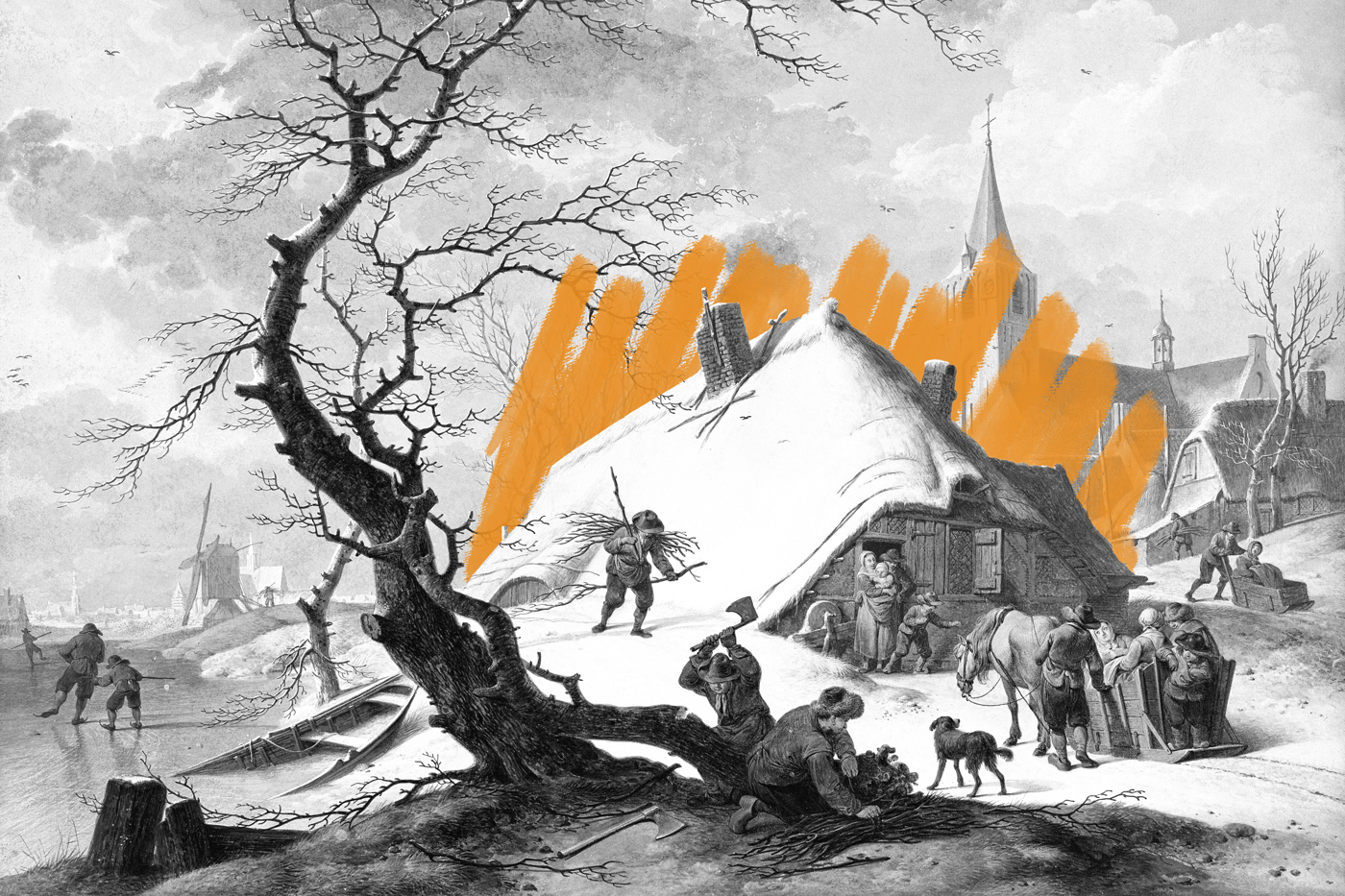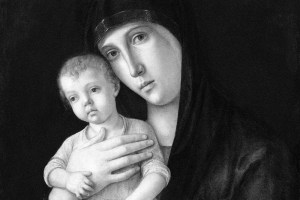A Little Ice Age occurred between the 14th and 19th centuries.
Saber-toothed tigers and woolly mammoths weren’t roaming the Earth during the last ice age — Leonardo da Vinci and Michelangelo were. A period of global cooling, known as the “Little Ice Age,” spanned the late Middle Ages through the Renaissance era, ending around the dawn of the Industrial Revolution in the mid-1800s. Some locations cooled down more than others, including northern Europe and western North America, which experienced temperature fluctuations between 1.8 and 3.6 degrees Fahrenheit cooler than the thousand-year averages for those regions.
This drastic change in climate had several possible causes. One leading theory points to a decrease in sunspot activity, which caused less solar radiation to reach Earth’s surface. Significant changes in atmospheric patterns also might have contributed to cooler temperatures in some regions. Or an increase in volcanic eruptions could have been the culprit, causing gas and ash to spew into the atmosphere, cooling the Earth. Some experts suggest it was a combination of all these things. Researchers at University College London believe the temperature drop was exacerbated by an entirely different issue: the depopulation of the Americas following the arrival of European colonists. Mass warfare and disease caused the deaths of 56 million Indigenous people by 1600. Large areas of once-cultivated land turned into forests, absorbing massive amounts of carbon dioxide and preventing it from reaching the atmosphere to warm the planet.
The impacts of the Little Ice Age were global, causing food shortages in parts of Europe, Asia, and Africa. China’s long-standing Ming dynasty fell in 1644, partially due to agricultural woes. Widespread famine uprooted the regular order of society, and Europe’s medieval feudal system (which relied on peasants growing crops for their lords) collapsed (partly due to climate change, though many other factors contributed), giving way to markets and trade systems. This new way of life led into the 17th-century Age of Enlightenment, when exploration, religion, art, and philosophy transformed European society.















